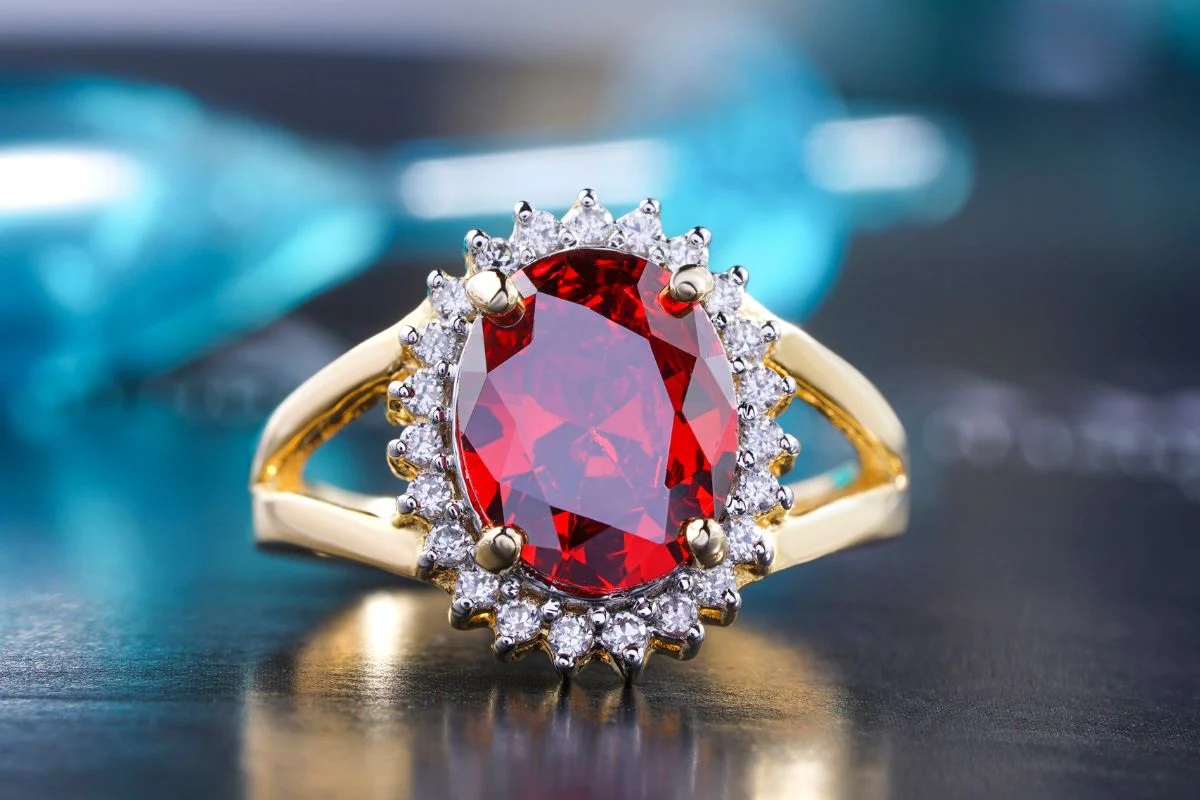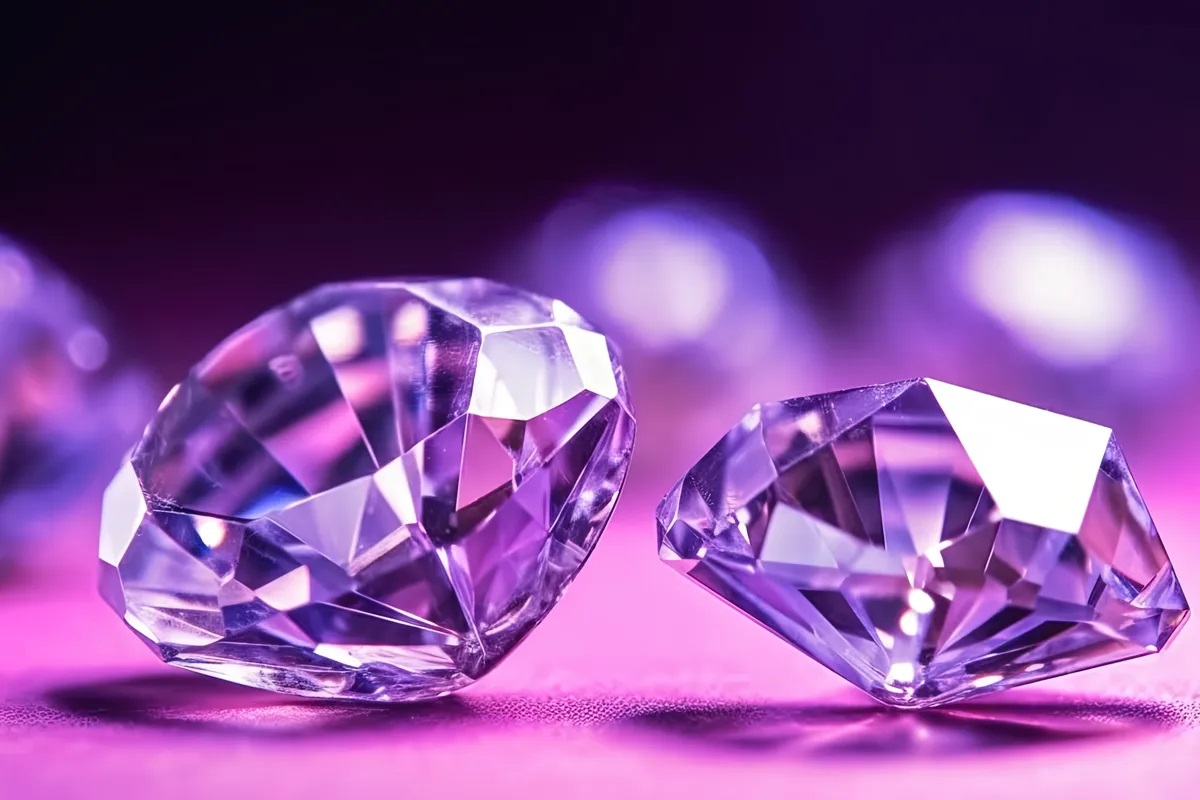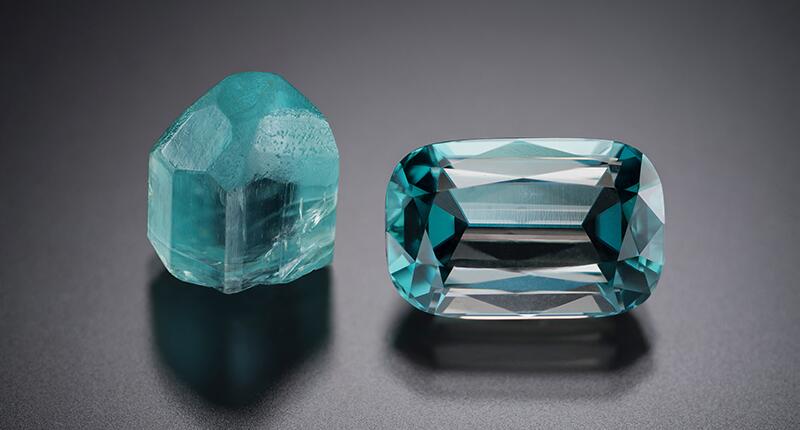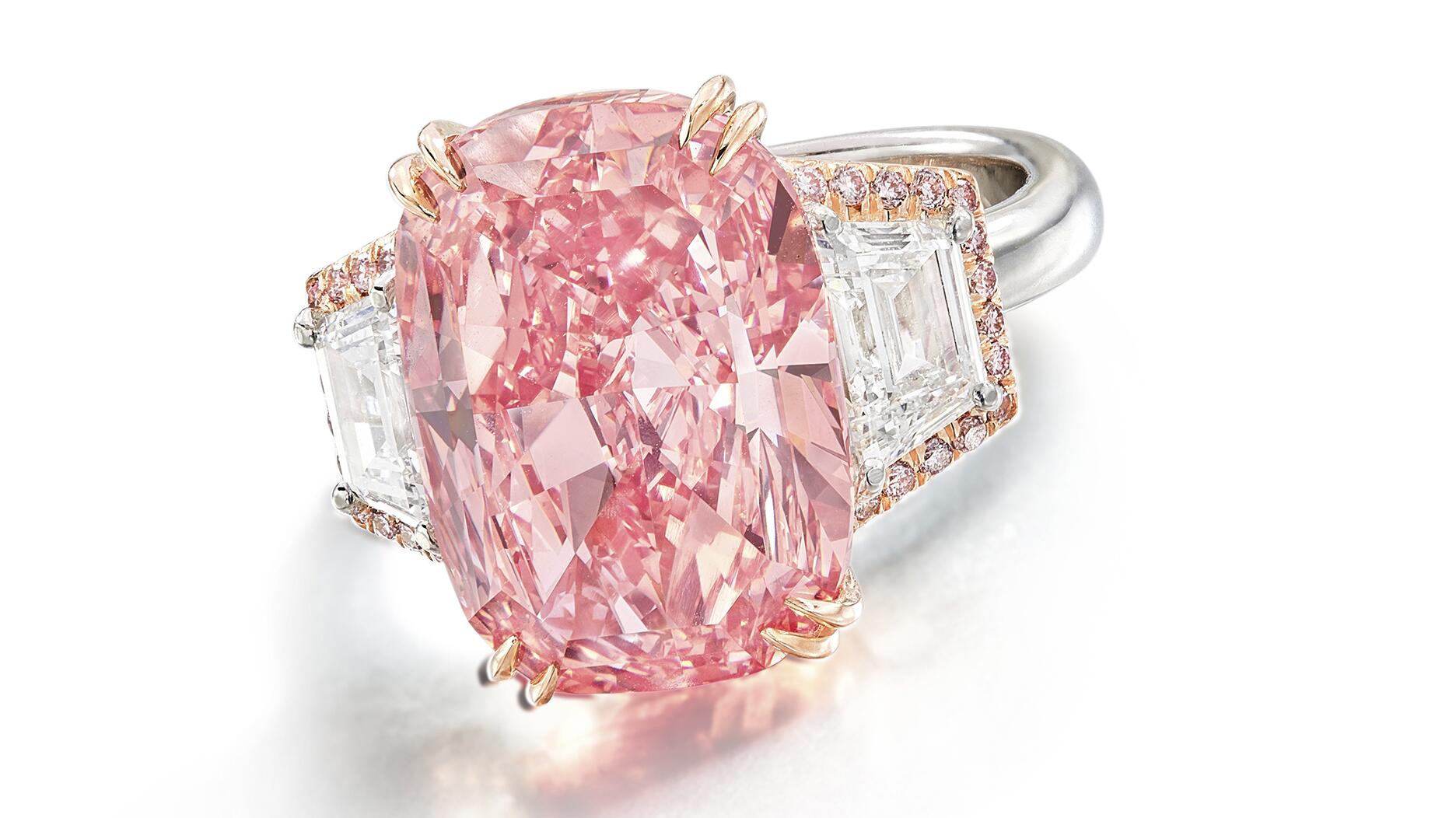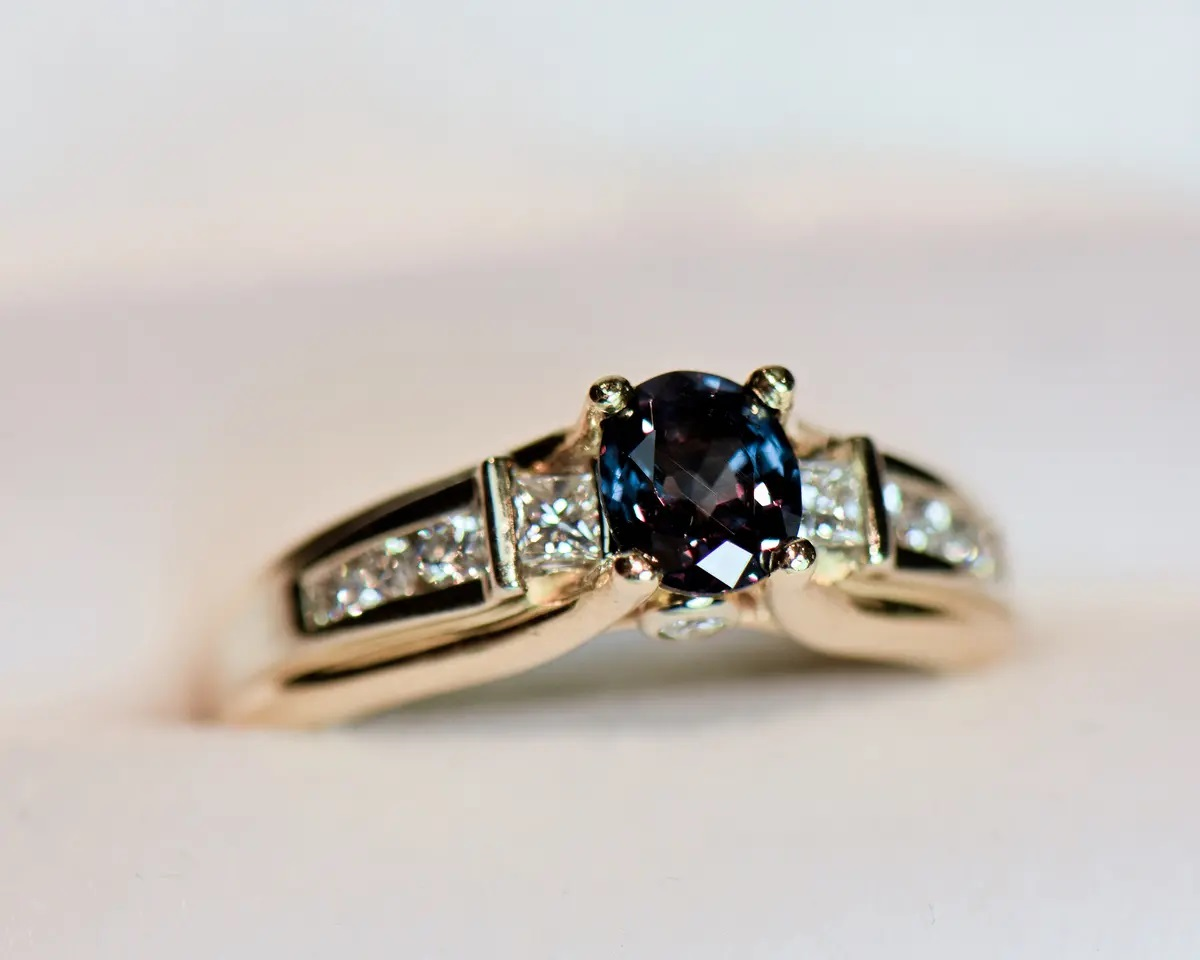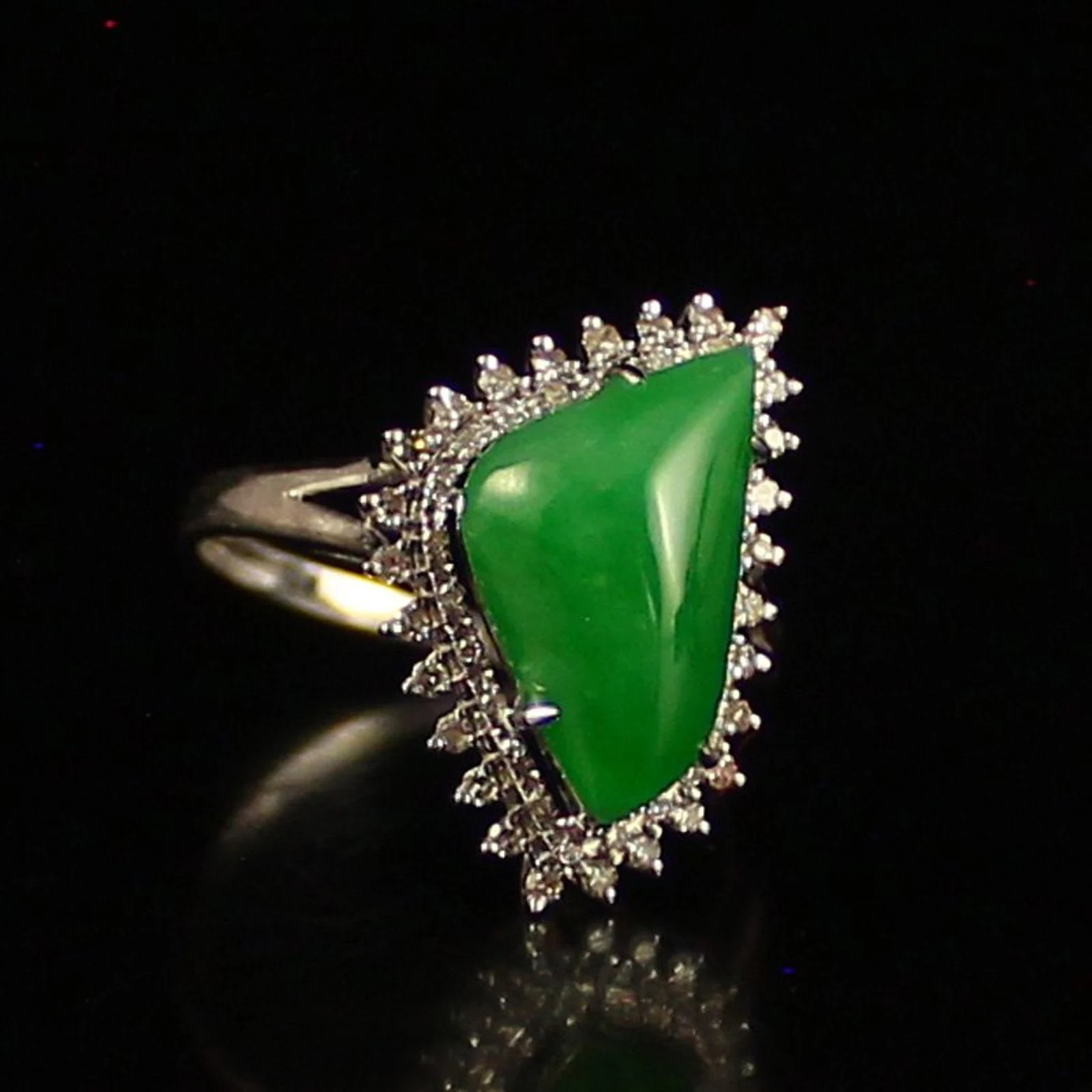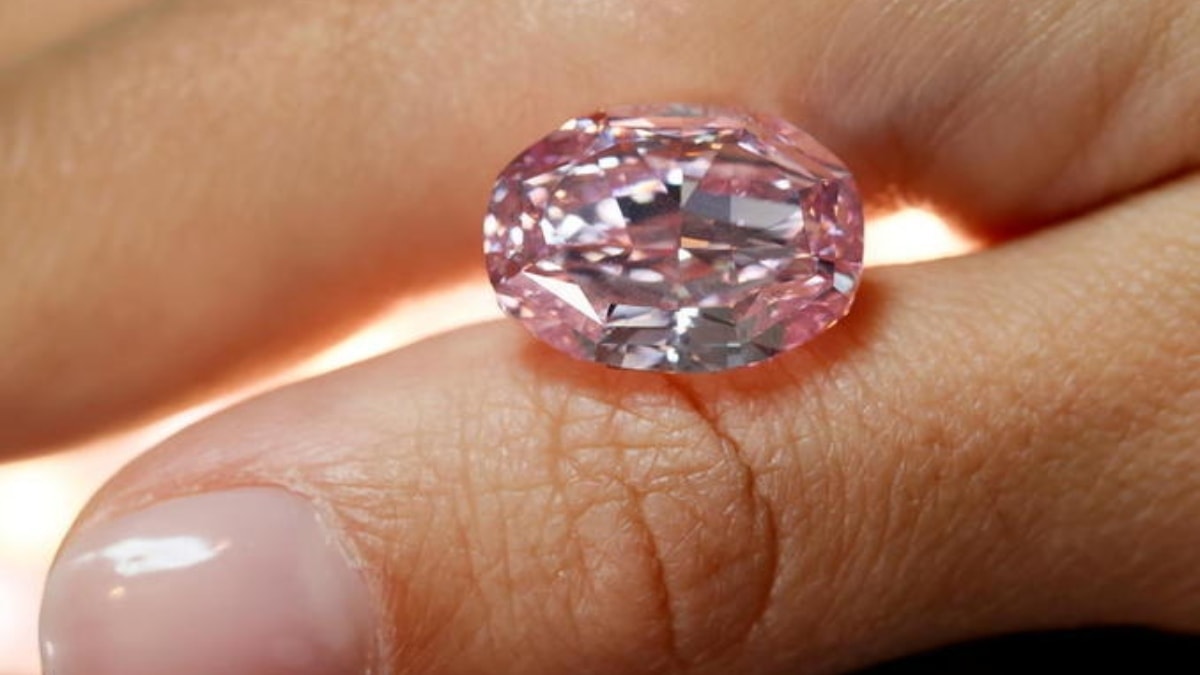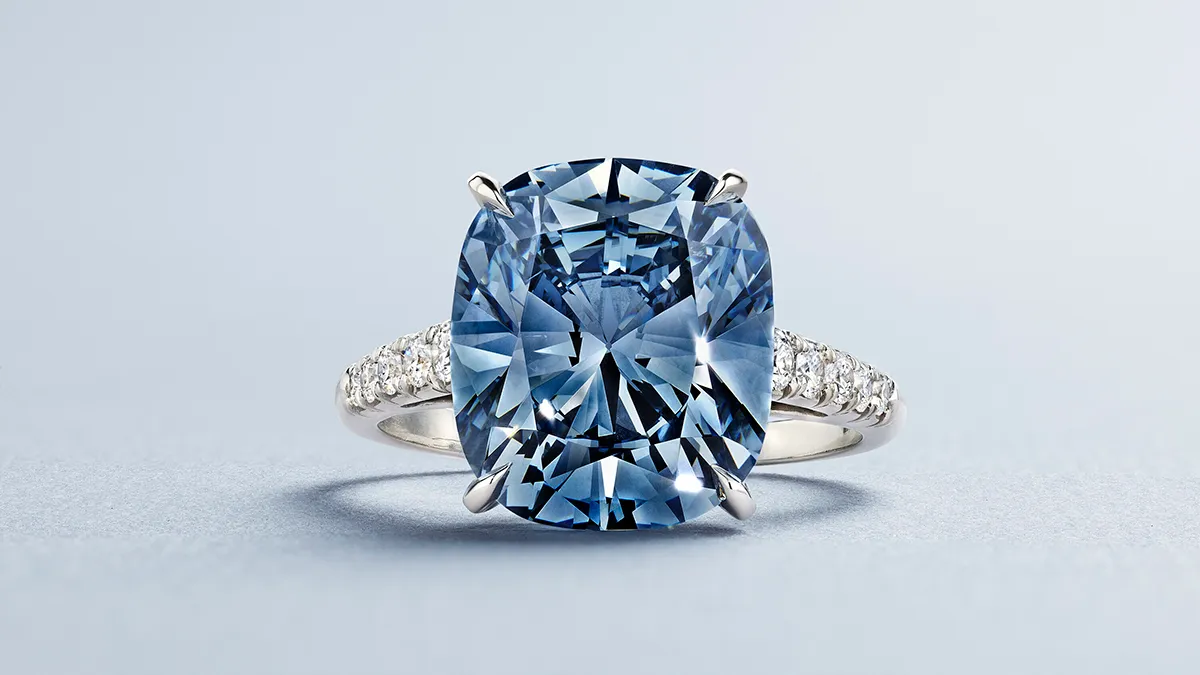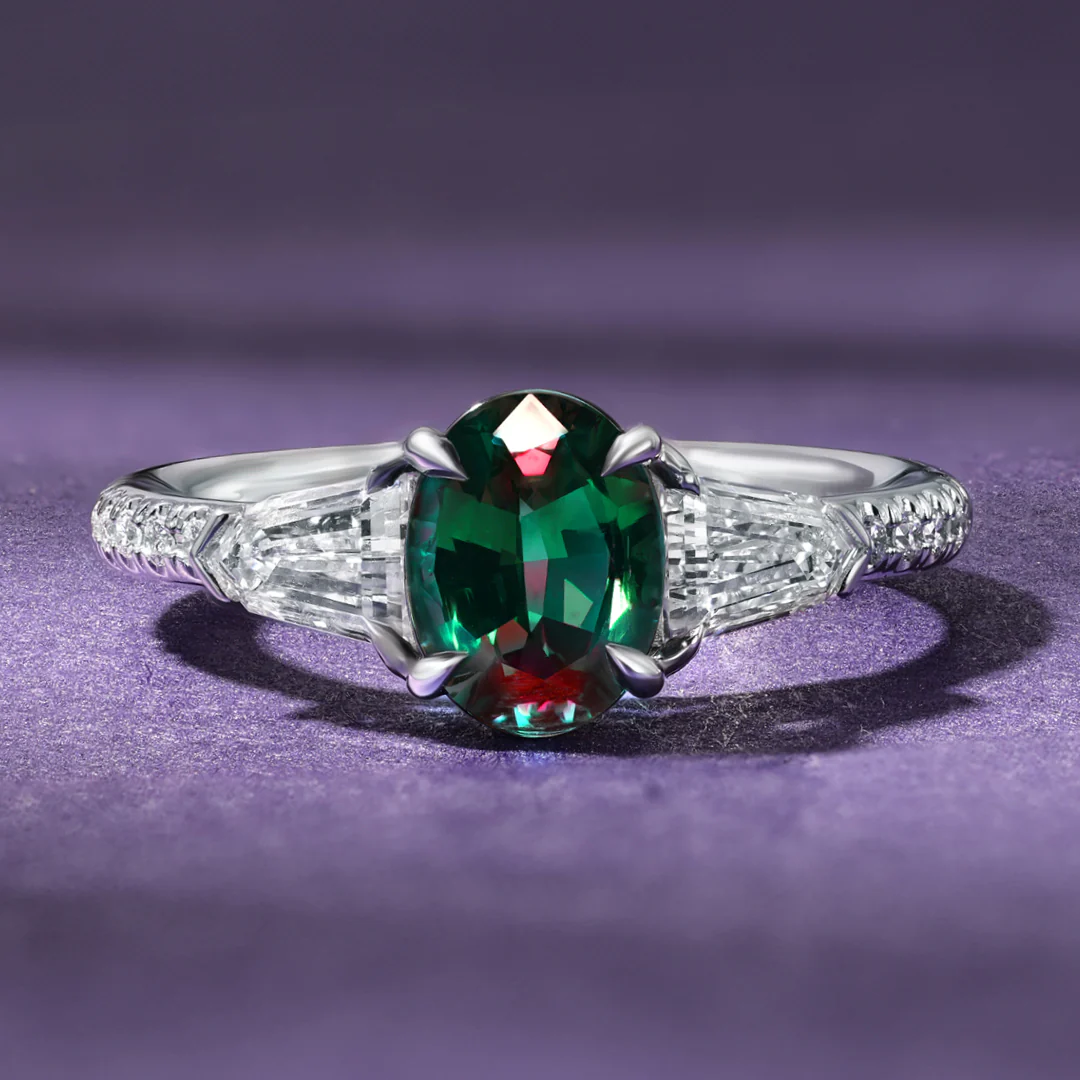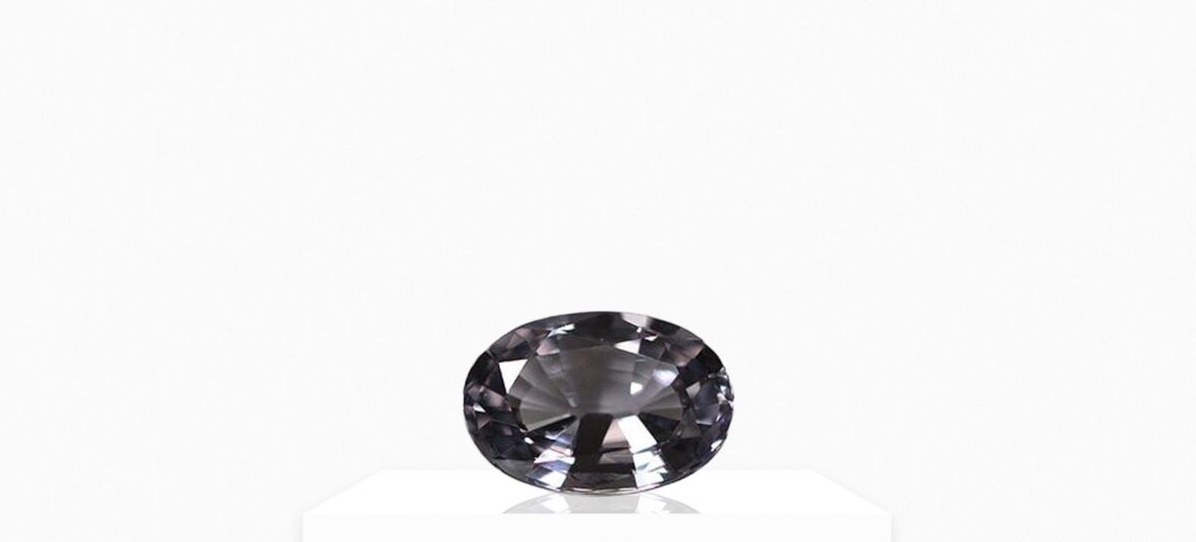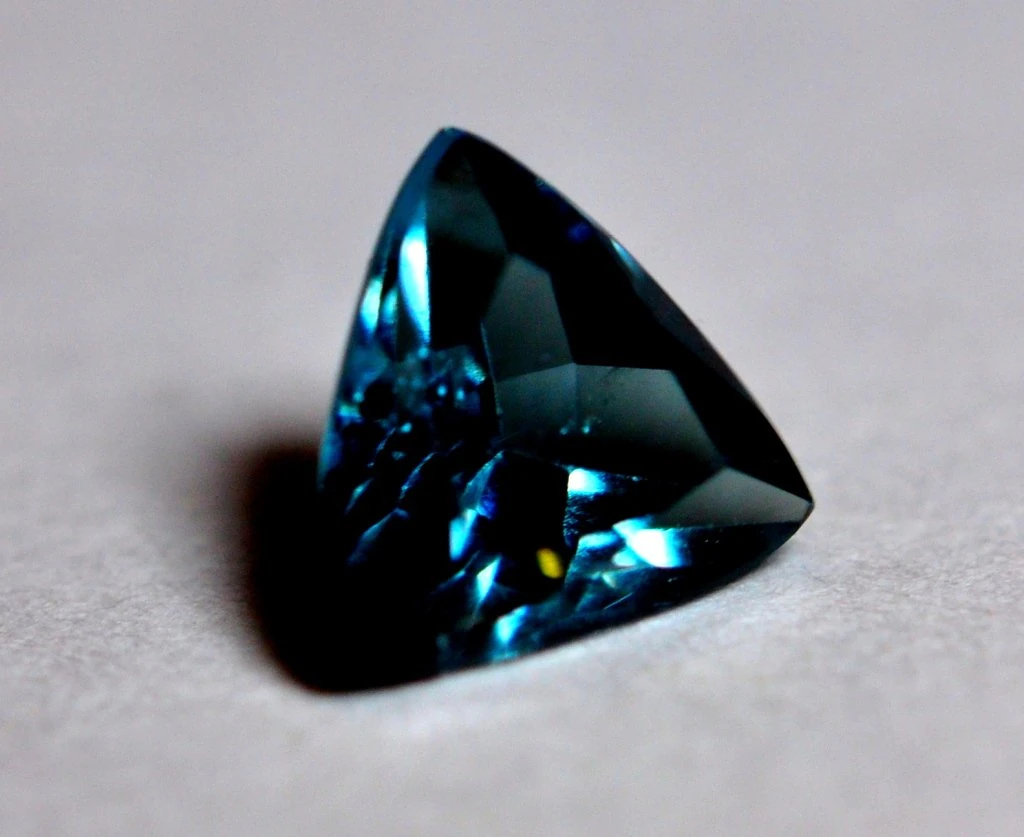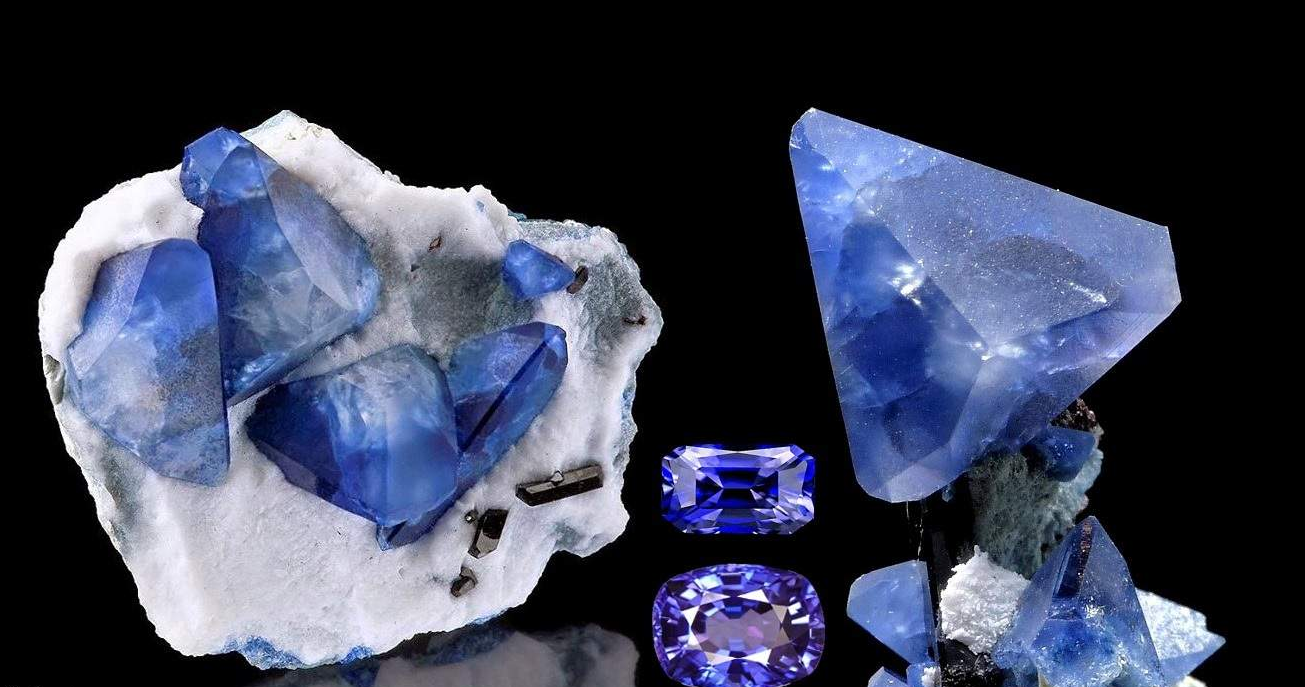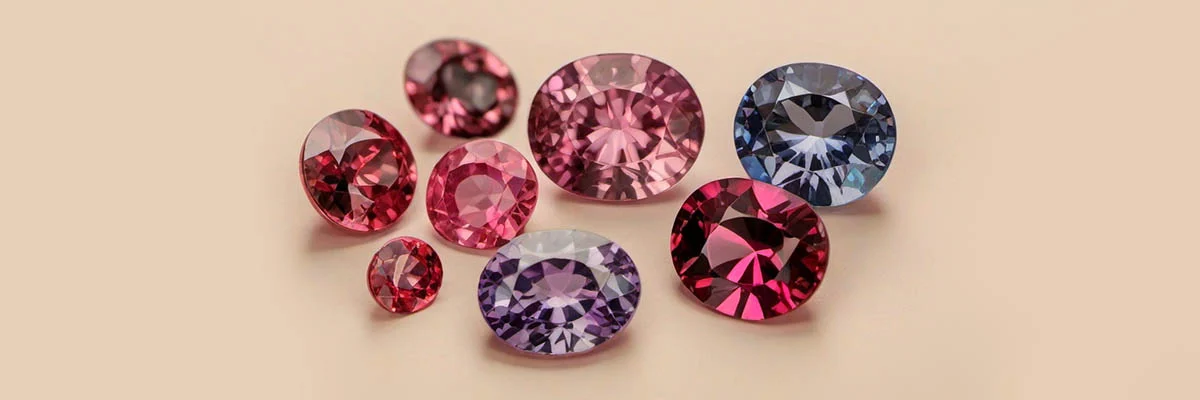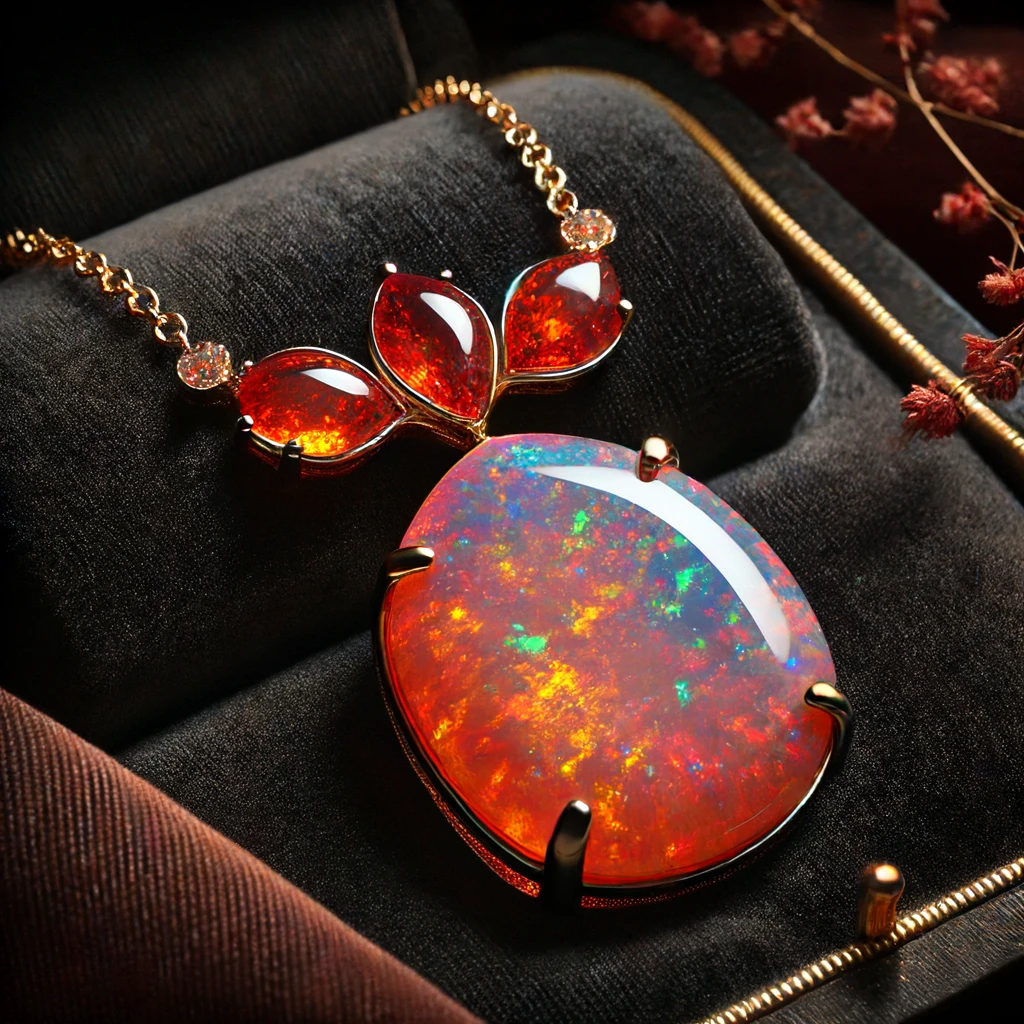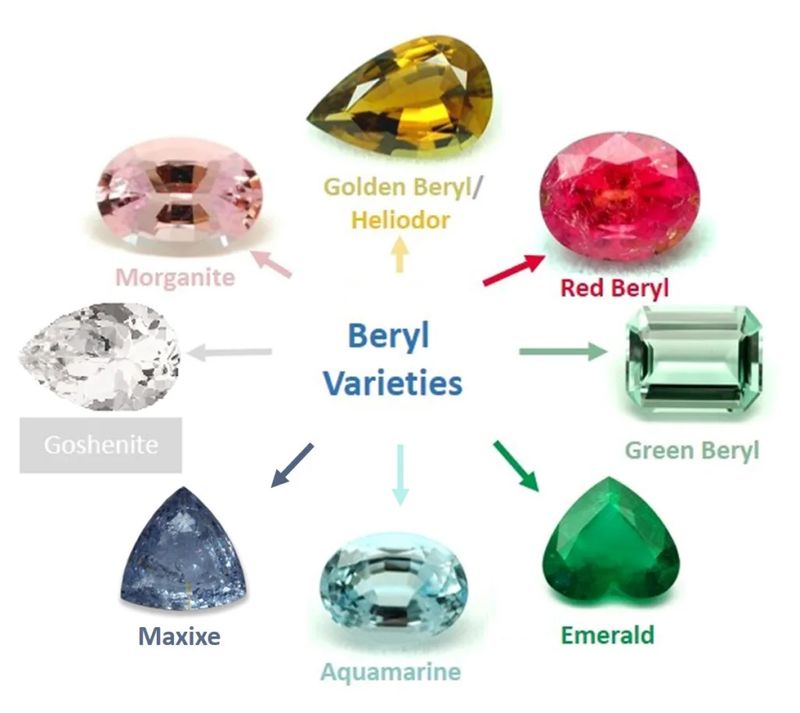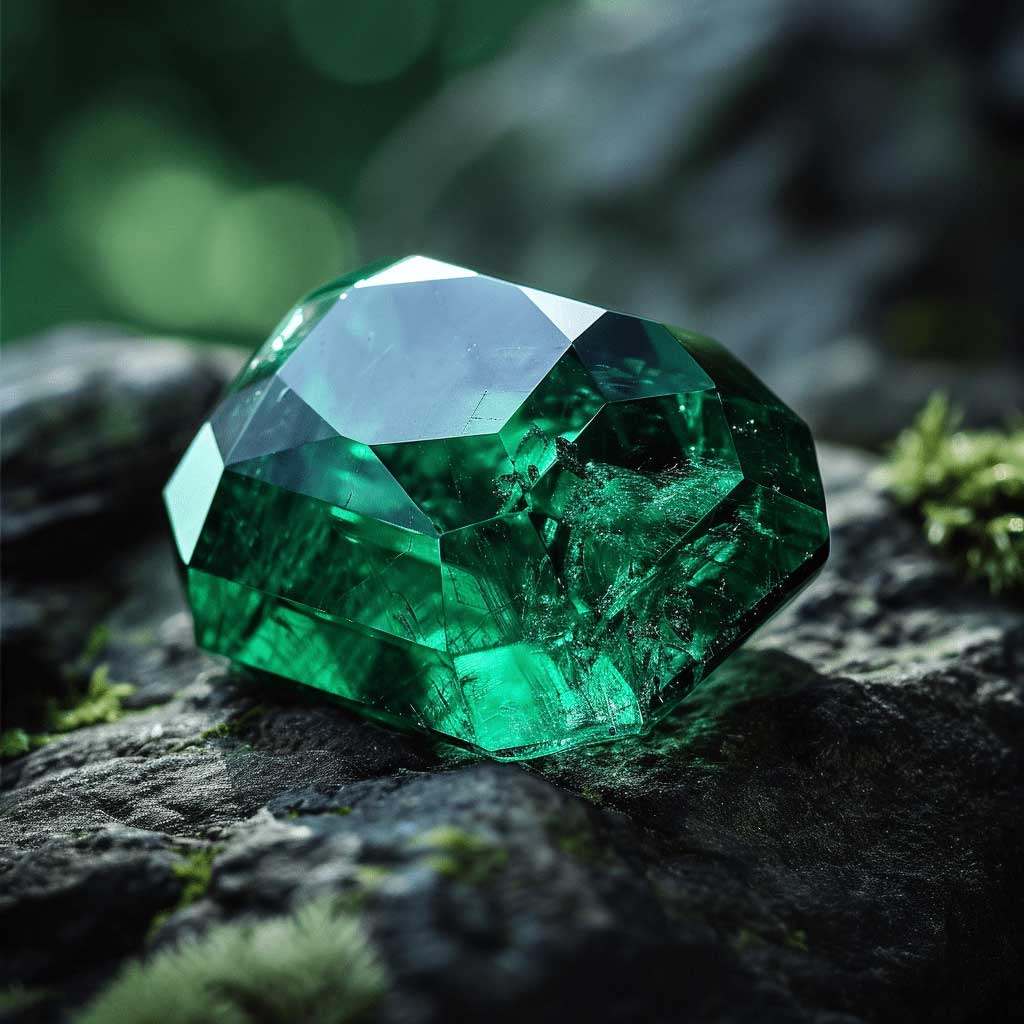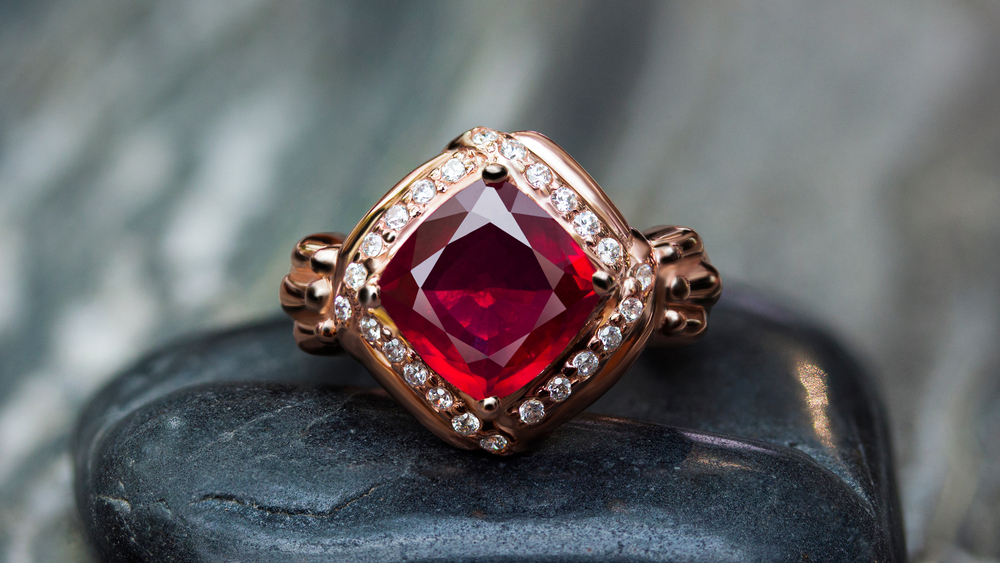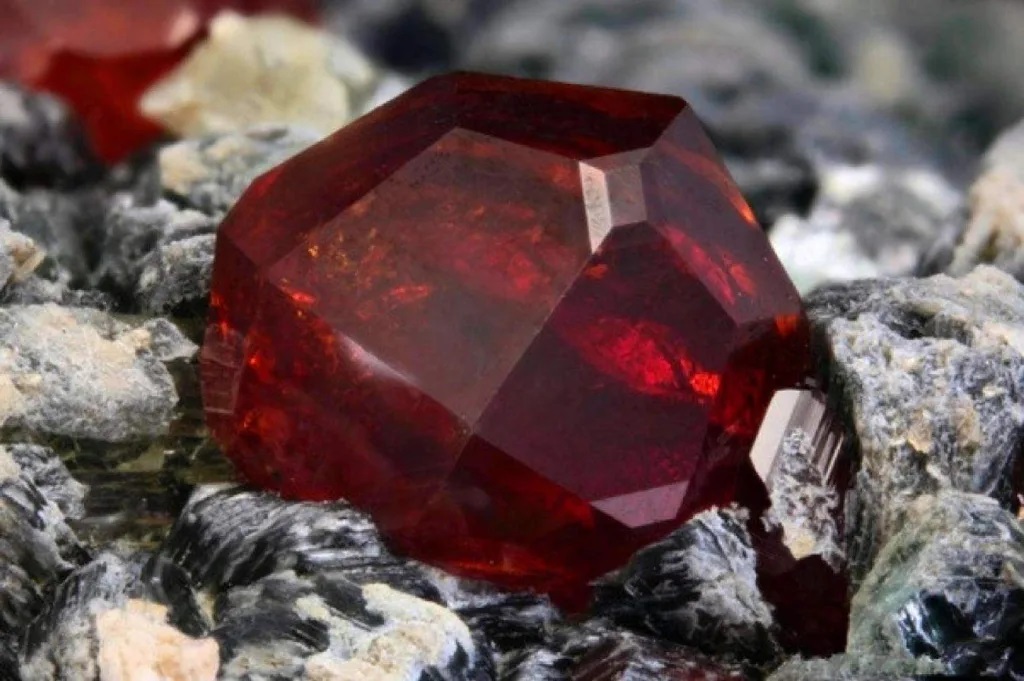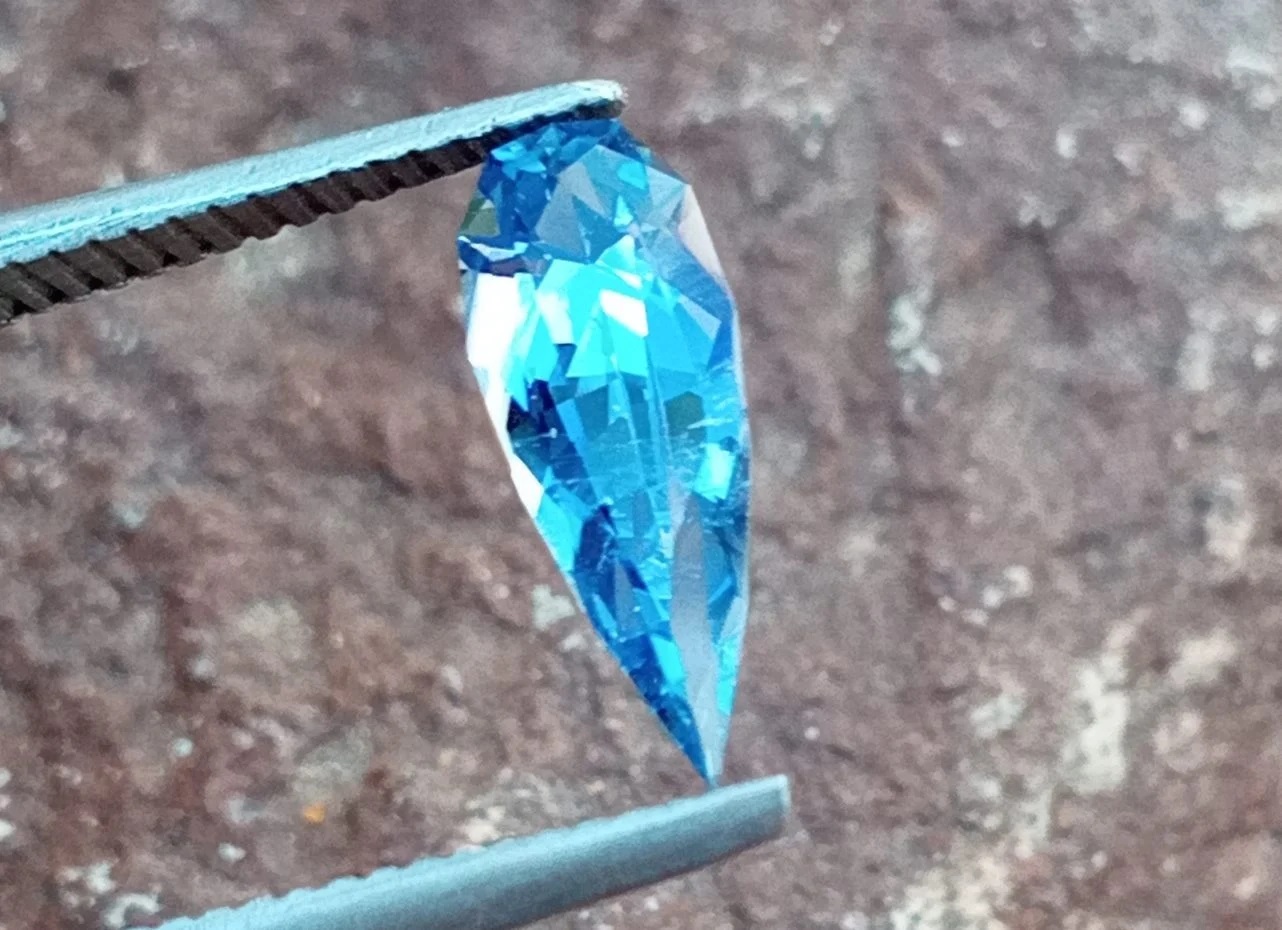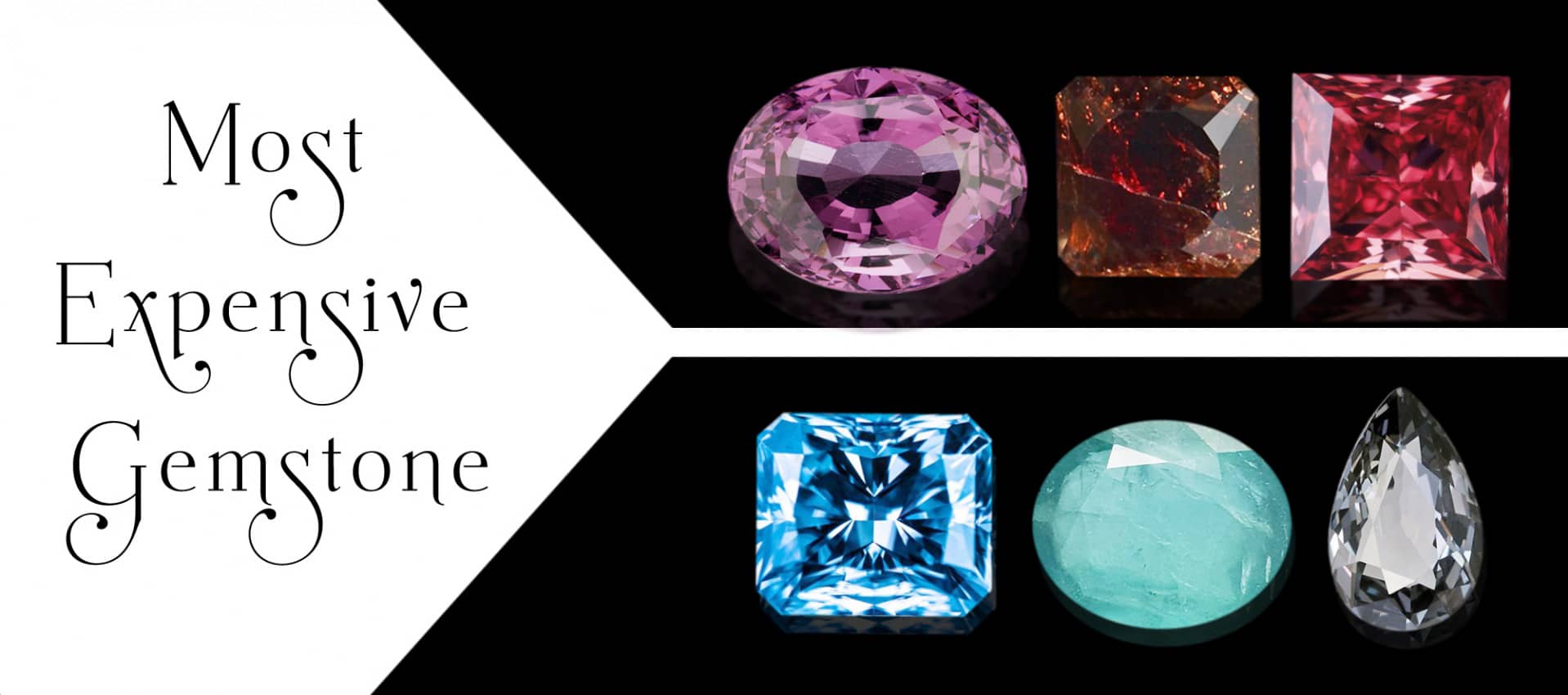
Gemstoneshave fascinated humanity for centuries. From their brilliant colors to their rarity and mesmerizing beauty, some gemstonesare not only coveted as luxury items but are also prized as investments.
While diamondshave long been the face of expensive gems, there are other rarer stones that fetch even higher prices on the market. In this article, we explore the 20 most expensive gemstonesin the world, detailing their characteristics, origins, and current value.
1. Red Diamond: $1,000,000 Per Carat
Red Diamonds are the rarest of all diamonds, and their vivid red hue is unlike any other diamondvariety. These diamonds are formed due to an unusual structural defect in the crystal lattice, giving them their unique color.
- Geological Formation: Red Diamonds are created under extreme pressure in the Earth's mantle. The red hue is not caused by impurities, as in other colored diamonds, but rather a plastic deformation of the diamond's crystal structure.
- Famous Example: The Moussaieff Red Diamond(5.11 carats), one of the most famous Red Diamonds, was sold for a staggering $8 million in 2011.
Why It’s So Expensive: With fewer than 30 red diamonds found worldwide, and most weighing less than 0.5 carats, their extreme rarity and unique color make them highly valuable.
2. Taaffeite: $35,000 Per Carat
Often confused with spinel, Taaffeite is a rare gemstone that occurs in shades of violet to pink. First discovered in 1890, it was initially mistaken for spinel until gemologist Richard Taaffe identified it as a new, separate gemstone.
- Geological Formation: Found in alluvial deposits, Taaffeite is primarily sourced from Sri Lanka and Tanzania. It forms under high-pressure conditions in metamorphic rocks.
- Color Variations: The gemstone typically ranges from pink to violet, with deeper hues commanding higher prices.
Why It’s So Expensive: Taaffeite’s rarity, combined with its vibrant colors and clarity, makes it one of the most sought-after gemstones in the world.
3. Grandidierite: $20,000 Per Carat
Grandidierite, named after French explorer Alfred Grandidier, is one of the rarest and most beautiful gemstones. It has a distinct bluish-green color, which is unmatched by any other stone.
- Geological Formation: This gemstone is found primarily in Madagascar, where it forms in aluminum-rich pegmatites and granite deposits.
- Famous Example: The largest known Grandidierite, weighing just under 5 carats, is considered one of the finest examples of this rare gemstone.
Why It’s So Expensive: Grandidierite’s extreme rarity and unique color contribute to its high value. It is often mistaken for an emerald or aquamarine, but its vibrant bluish-green hue sets it apart.
4. Pink Star Diamond: $71.2 Million (auction Price)
The Pink Star Diamond is one of the most famous colored diamonds in the world, and it holds the record for the most expensive gemstone ever sold at auction. This 59.60-carat diamond sold for over $71 million in 2017.
- Geological Formation: The Pink Star Diamond was formed deep in the Earth’s mantle under extreme pressure. Its unique pink hue is caused by the presence of trace elements of boron and nitrogen.
- Famous Example: The Pink Star Diamond, also known as the Steinmetz Pink, is a flawless, radiant-cut pink diamond that has become a symbol of ultimate luxury.
Why It’s So Expensive: Its rarity, large size, and perfect clarity are among the reasons why this diamond fetched such a high price. Colored diamonds, particularly pink, are exceptionally rare.
5. Blue Garnet: $1,500 Per Carat
While Blue Garnetisn’t as well-known as its red counterparts, it’s extremely valuable due to its rarity and ability to change color. Under different lighting conditions, this gemstone changes from blue to green.
- Geological Formation: Blue Garnet forms when manganese is present during its crystallization. It is primarily found in Russia and East Africa.
- Color Variations: Under natural light, Blue Garnet appears blue, while under incandescent light, it turns green. This color-changing feature enhances its desirability.
Why It’s So Expensive: The rarity of natural Blue Garnet, along with its color-changing properties, makes it one of the more valuable gemstones in the world.
Related: Garnet Meaning And Healing Properties - The Stone Of Grounding And Balance
6. Jadeite: $10,000 Per Carat
Jadeite is the more expensive of the two jade varieties (the other being nephrite). This stone is valued for its vibrant green color and its historical and cultural significance, particularly in China.
- Geological Formation: Jadeite is a sodium-aluminum silicate mineral found in high-pressure environments, mostly in Myanmar, which is the world’s primary source.
- Color Variations: Jadeite comes in a range of colors, from green to lavender to white, with the most prized being the vivid emerald-green variety.
Why It’s So Expensive: Jadeite’s fine colors, along with its cultural significance, make it a highly prized gemstone, especially in Asian markets.
7. Pink Diamond: $1.5 Million Per Carat
Pink Diamonds are another rare variety of colored diamonds, prized for their delicate and stunning pink hues. These diamonds are found in only a few locations, and their value has skyrocketed in recent years.
- Geological Formation: Like other diamonds, pink diamonds are formed under extreme heat and pressure. Their unique color is attributed to the distortion of the diamond’s crystal lattice.
- Famous Example: The Pink Panther Diamond, a 10.23-carat Pink Diamond, fetched $83.5 million in a private sale.
Why It’s So Expensive: Pink Diamonds are incredibly rare, and their natural, vibrant color, especially in larger stones, commands astronomical prices.
See Also: Pink Diamond Earrings - Beauty And Elegance
8. Blue Diamond: $3.93 Million Per Carat
Blue Diamonds are considered one of the rarest and most expensive gemstones in the world. Their captivating blue hue comes from trace amounts of boron in their structure.
- Geological Formation: Blue Diamonds are formed deep within the Earth’s mantle under immense pressure and heat. The presence of boron gives these diamonds their distinctive blue color.
- Famous Example: The Hope Diamond, a 45.52-carat Blue Diamond, is one of the most famous diamonds in the world, currently housed in the Smithsonian.
Why It’s So Expensive: The extreme rarity of blue diamonds, combined with their color and size, makes them one of the most coveted gemstones on Earth.
9. Alexandrite: $70,000 Per Carat
Known for its color-changing properties, Alexandriteis a rare variety of chrysoberyl. The stone appears green in daylight and red under incandescent light, making it a favorite among collectors.
- Geological Formation: Alexandrite forms in igneous rocks, typically in Russia, Brazil, and Sri Lanka. It is a variety of chrysoberyl, and its unique color change is caused by the presence of trace amounts of chromium.
- Famous Example: The Russian Alexandritefrom the Ural Mountains, which has become one of the most desirable varieties due to its color-changing qualities, is highly sought after.
Why It’s So Expensive: The rarity of Alexandrite, along with its color-changing ability, makes it an extremely valuable gemstone, particularly in larger and more vibrant stones.
10. Musgravite: $6,000 Per Carat
Musgravite is a rare and extremely valuable gemstone belonging to the taaffeitefamily. This stone’s greenish to grayish color and high hardness make it an attractive choice for collectors.
- Geological Formation: Musgravite is found in the Musgrave Ranges in Australia and has been discovered in small quantities, making it one of the rarest gemstones on Earth.
- Famous Example: The Musgravite Gemstonewas first identified in 1967 and has since been considered a rare treasure in the gem world.
Why It’s So Expensive: Its rarity and high hardness make Musgravite an expensive stone, particularly in high-quality cuts.
11. Serendibite: $18,000 Per Carat
Serendibite is one of the rarest gemstones, discovered in Sri Lanka in 1902. This dark blue gemstone has been highly sought after by collectors due to its scarcity and unique color.
- Geological Formation: Serendibite is an inosilicate mineral found in metamorphic rocksunder high-pressure conditions in Sri Lanka and Myanmar.
- Color Variations: Its deep blue to blackish-blue hue makes it stand out from other gemstones, giving it a striking appearance.
Why It’s So Expensive: The scarcity of Serendibite, combined with its vibrant color, makes it a prized gemstone for collectors and investors alike.
12. Poudretteite: $3,000 Per Carat
Poudretteite is an extremely rare pink gemstone first discovered in the 1960s in Mont St. Hilaire, Canada. It is valued for its delicate pink color and is one of the rarest stones in the world.
- Geological Formation: Poudretteite is found in alkaline igneous rocks and is most commonly discovered in the Mont St. Hilaire area in Quebec, Canada.
- Famous Example: The Poudretteitegemstone recently gained fame due to its rarity and the discovery of a large, well-formed specimen that weighed more than 9 carats.
Why It’s So Expensive: Its rarity, combined with its delicate pink hue, makes it a highly desirable gemstone, especially in the gem trade.
13. Benitoite: $4,000 Per Carat
Benitoite, a striking blue gemstone, is known for its brilliance and rarity. It was discovered in 1907 in California and is prized for its exceptional clarity and striking color.
- Geological Formation: Benitoite forms in metamorphic rocks under high pressure and is found primarily in California’s San Benito County.
- Color Variations: Benitoite typically appears as a vivid blue gemstone, often compared to sapphires in both appearance and rarity.
Why It’s So Expensive: Its rarity and unique color contribute to its high value, particularly in larger stones.
14. Spinel: $2,000 Per Carat
Spinel is often confused with rubies due to its similar color. It comes in a variety of colors, with red, blue, and pink being the most common.
- Geological Formation: Spinel is found in metamorphic rocks and is commonly discovered in Sri Lanka, Myanmar, and Tajikistan.
- Color Variations: Spinel can occur in a range of colors, from deep red to vivid blue, but red Spinels are the most valuable.
Why It’s So Expensive: Spinel’s rarity, especially in red and blue colors, drives its price, with larger stones being particularly valuable.
15. Fire Opal: $2,300 Per Carat
Fire Opalis a vibrant gemstone known for its orange, red, and yellow hues. Unlike traditional opals, fire opals are transparent to translucent.
- Geological Formation: Fire opals are formed in volcanic rocks and are found primarily in Mexico and the United States.
- Color Variations: Fire opals range from bright orange to fiery red, with some stones displaying a play of color.
Why It’s So Expensive: Its vibrant color and transparency make it highly prized in the gemstone market.
16. Beryl: $5,000 Per Carat
Beryl is a mineral family that includes several well-known gemstones, such as emerald, aquamarine, and morganite. The most expensive type of Beryl is emerald due to its rich green color.
- Geological Formation: Beryl forms in pegmatitic rocks and can be found in a variety of colors, depending on trace elements within the mineral.
- Color Variations: The most prized Beryl varieties are emerald(green), aquamarine(blue), and morganite(pink).
Why It’s So Expensive: The rare, high-quality emerald Beryl is one of the most expensive gemstones due to its striking color and historical significance.
17. Emerald: $100,000 Per Carat
Emeralds are known for their vivid green color and are a member of the Beryl family. They have been prized for thousands of years by ancient civilizations.
- Geological Formation: Emeralds form in metamorphic and igneous rocks, often within hydrothermal veins. Colombia is renowned for producing some of the world's finest emeralds.
- Color Variations: Emeralds range from light to dark green, with the most prized stones having a rich, saturated color and high transparency.
Why It’s So Expensive: The rarity of emeralds, particularly those with high clarity and vibrant color, combined with their long-standing cultural significance, makes them incredibly valuable.
Read Also: Types Of Emerald - Their Uniqueness As Jewelry As Well As Their Benefits
18. Ruby: $1,000,000 Per Carat
Rubies, renowned for their deep red color, are one of the most treasured gemstones in the world. Rubies with the purest red color, known as "pigeon blood," are especially valuable.
- Geological Formation: Rubies are a variety of corundum, like sapphires, and form in metamorphic and igneous rocks. They are most commonly found in Myanmar (Burma), Thailand, and Sri Lanka.
- Color Variations: Rubies are primarily red, but they can have undertones of purple, orange, or brown depending on trace elements.
Why It’s So Expensive: The most valuable rubies are those with an intense red color, high transparency, and significant size. These rare rubies command millions of dollars per carat.
19. Painite: $60,000 Per Carat
Painite is considered one of the rarest gemstones in the world. Discovered in Myanmarin the 1950s, it was once believed to be a mineral that didn’t exist.
- Geological Formation: Painite is a borate mineral, and its rarity is due to its formation in only a few localities, particularly Myanmar.
- Color Variations: Painite is typically brownish-red but can also appear dark red or even black due to its mineral composition.
Why It’s So Expensive: Painite’s extreme rarity and the fact that it is still relatively new to the gemstone world contribute to its high price tag.
20. Jeremejevite: $2,000 Per Carat
Jeremejevite is an exceptionally rare and expensive gemstone, discovered in the Adun-Chilon Mountains of Siberia in 1883. It is a borate mineral that is prized for its striking color and clarity. Jeremejevite is often sought after by collectors for its scarcity and the unique hues it displays.
- Geological Formation: This gemstone is formed in metamorphic and igneous rocks, often found in regions where boron-rich deposits exist. Jeremejevite's formation process is quite specific, which adds to its rarity.
- Appearance: Jeremejevite typically ranges in color from light blue to deep blue, sometimes with a hint of green. The gemstone is known for its exceptional clarity and brilliance, which makes it highly sought after in the gemstone market.
Why It’s So Expensive: The rarity of Jeremejevite and its mesmerizing blue hue contribute to its hefty price. Only a few high-quality stones have ever been found, which makes Jeremejevite a prized possession for those lucky enough to acquire it.
Frequently Asked Questions (FAQs)
Why Are Some Gemstones So Expensive?
Gemstones are expensive due to their rarity, quality, size, and demand. Factors like color, clarity, and origin also play a significant role in determining the price.
Which Gemstone Is The Rarest And Most Expensive?
The Red Diamondis considered the rarest and most expensive gemstone, with prices reaching $1 million per carat.
Can Gemstones Increase In Value Over Time?
Yes, many gemstones, especially rare ones, can appreciate in value over time due to increased demand and limited supply.
Conclusion
These 20 most expensive gemstonesrepresent a wide range of rare and precious stones, each with its own unique characteristics, origins, and price tags. From diamonds to sapphires, rubies to jade, the value of gemstones is determined by a combination of rarity, beauty, demand, and cultural significance. Whether you're a gem enthusiast, an investor, or simply curious about these stunning creations of nature, the world of precious stones is filled with endless fascination and breathtaking beauty.
